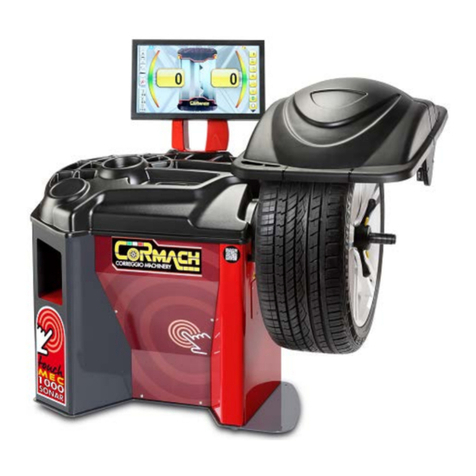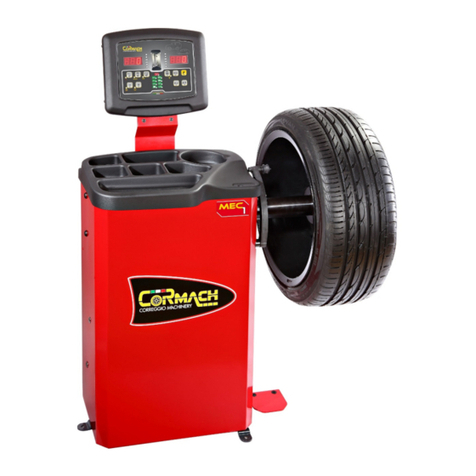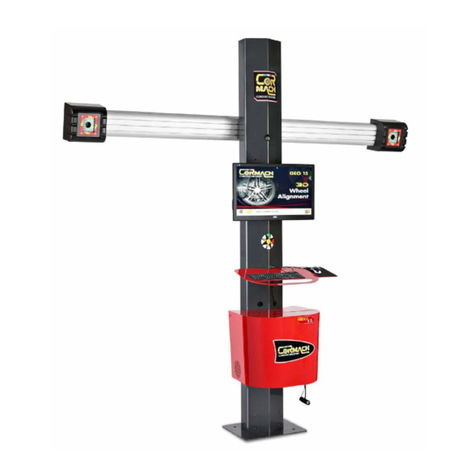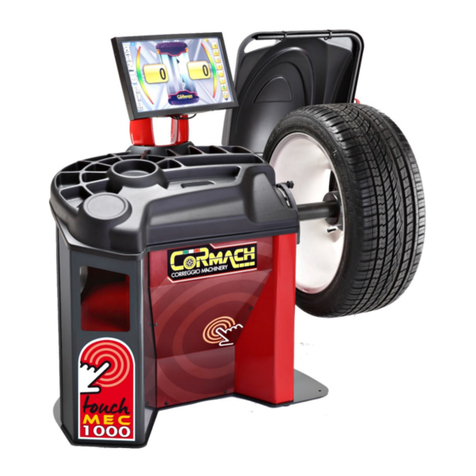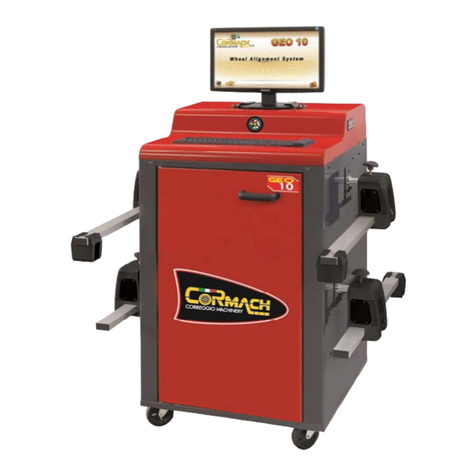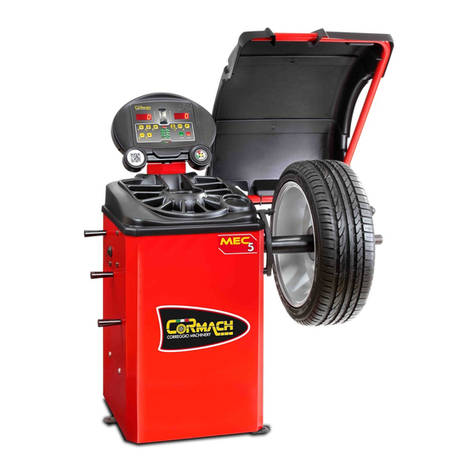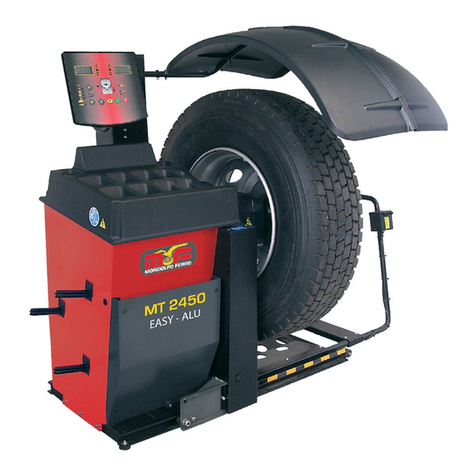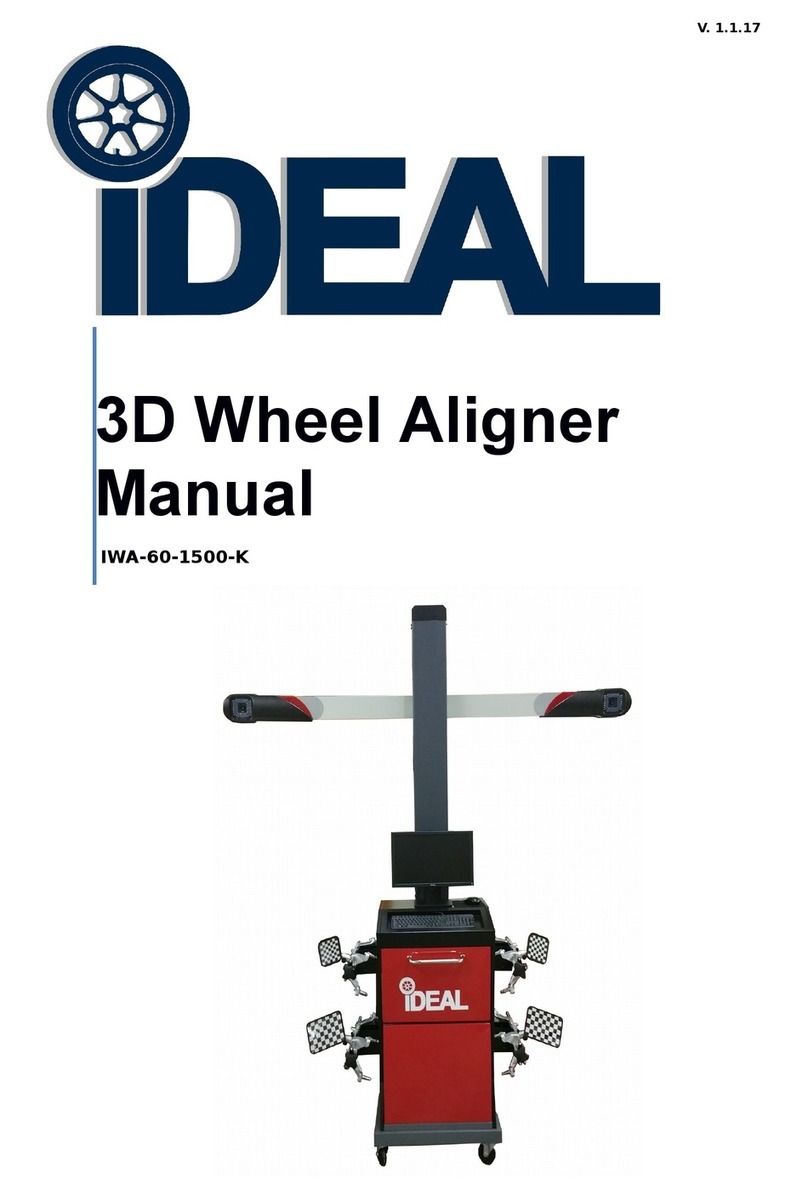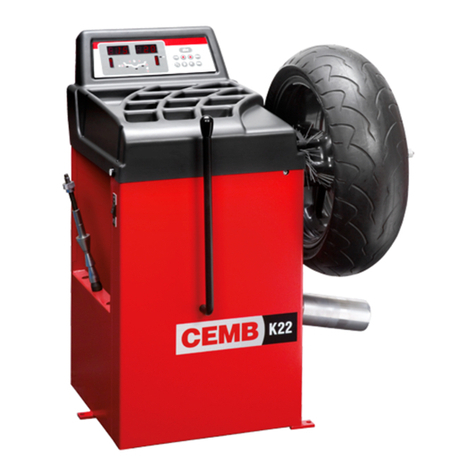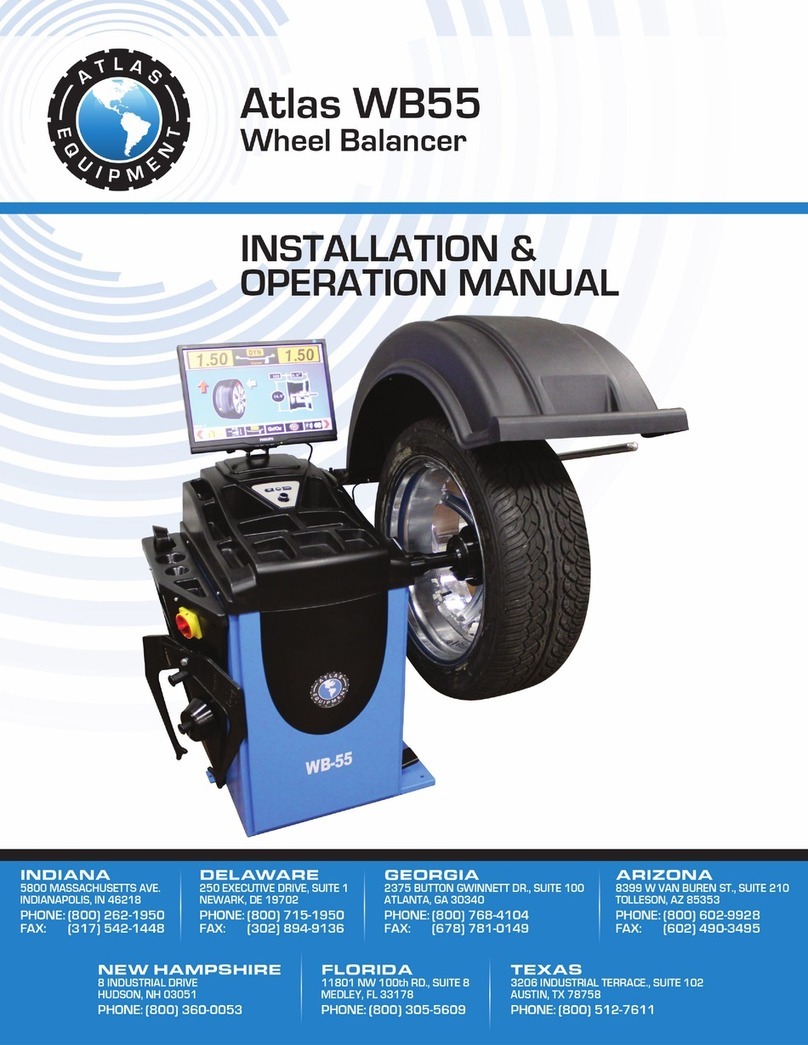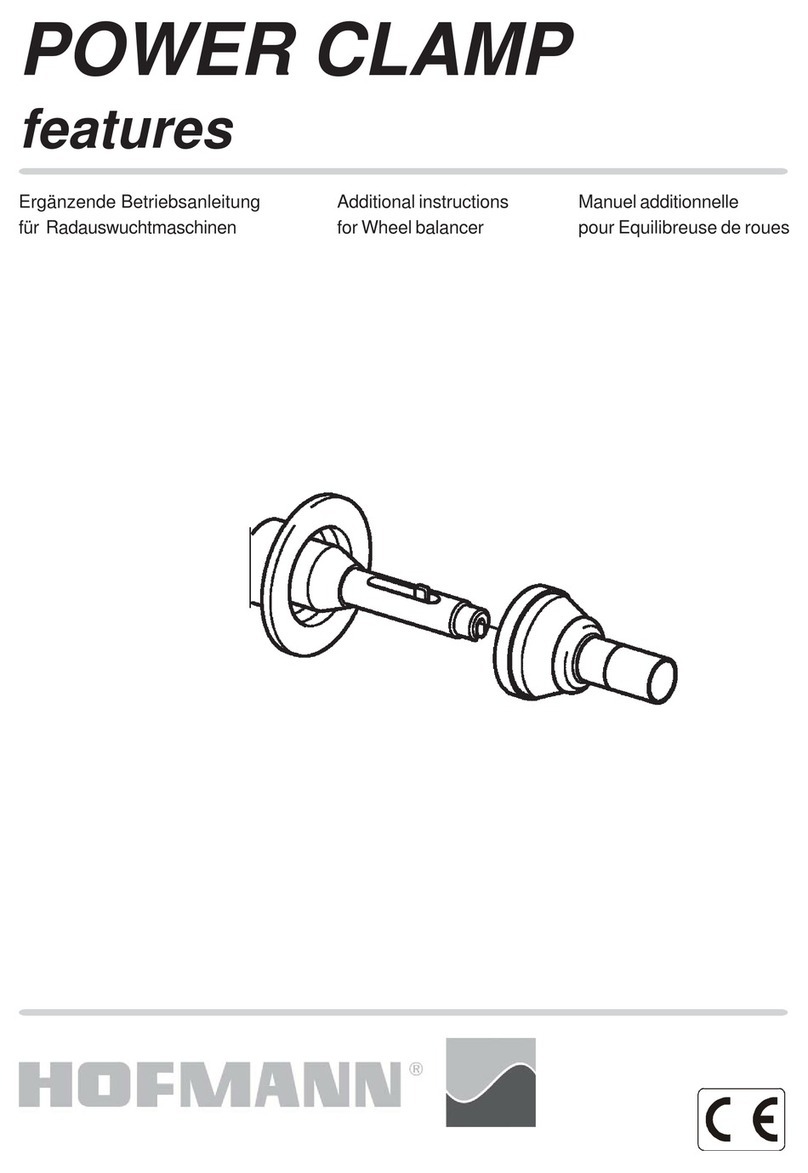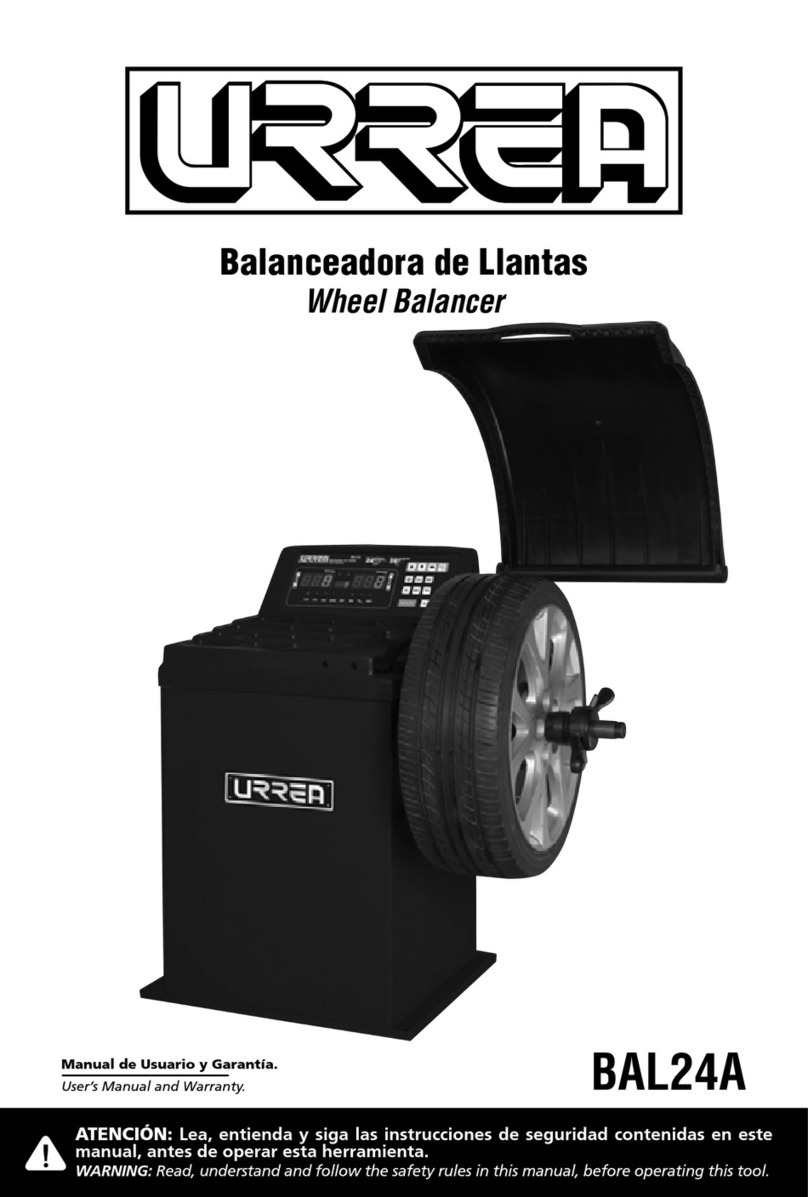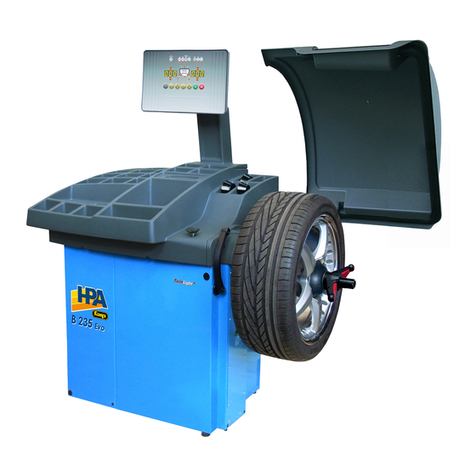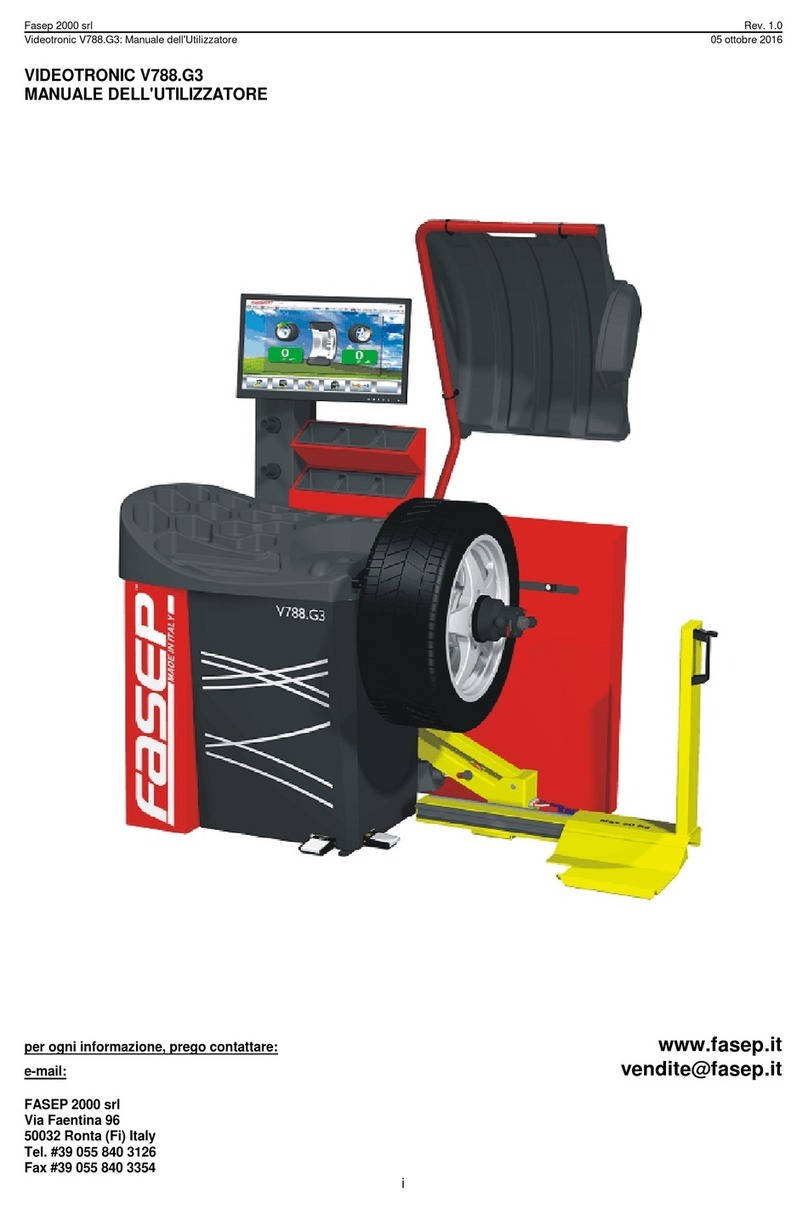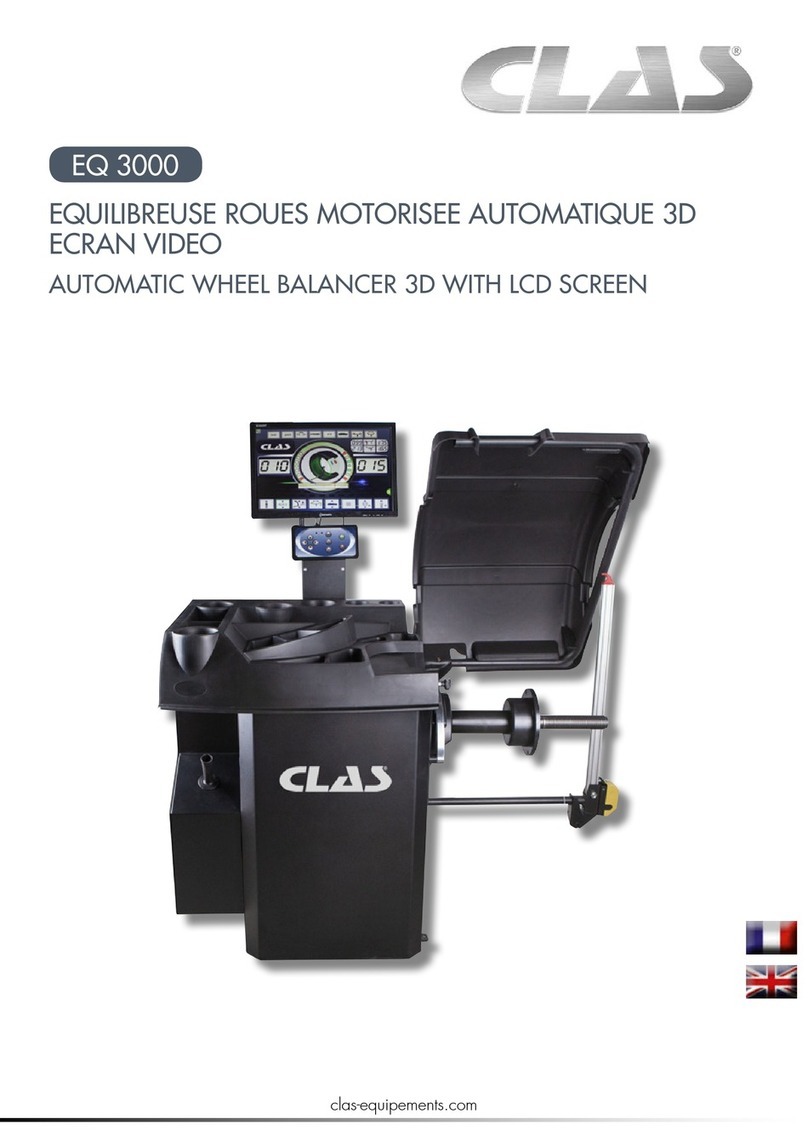
DICHIARAZIONE DI CONFORMITA’ RoHS
RoHS DECLARATION OF CONFORMITY
DECLARATION DE CONFORMITE RoHS
RoHS - ÜBEREINSTIMMUNG
EQUILIBRATRICE RUOTE AUTO
EQUILIBREUSE ROUES VOITURE
WHEEL BALANCER
AUSWUCHTMASCHINE
Alla quale questa dichiarazione si riferisce, E’ CONFORME ALLA DIRETTIVA:
To which declaration refers is in CONFORMITY WITH THE FOLLOWING DIRECTIVE:
Au quel cette déclaration se rapporte EST CONFORME À LA DIRECTIVES SUIVANTES:
Darauf diese Erklärung Bezug nimmt, mit der folgenden Bestimmungen übereinstimmt:
2002/96/CE e 2003/108/CE (RAEE)
La presente macchina/apparecchiatura rientra nelle prescrizioni della Direttiva 2002/96/CE e 2003/108/CE (RAEE) e non può essere smaltita come
rifiuto urbano generico ma attraverso raccolta separata; Il simbolo del bidone barrato riportato sul prodotto indica questa prescrizione. Lo
smaltimento della stessa e dei suoi componenti dovrà avvenire secondo quanto previsto dalle Direttive 2002/96/CE e 2003/108/CE (RAEE) e le
disposizioni di Legge del Paese di destinazione della macchina/apparecchiatura; il mancato rispetto della direttiva è sanzionabile secondo le
disposizioni di Legge del Paese di destinazione.
L’abbandono o smaltimento non corretto delle macchine/apparecchiature sottoposte alla Direttiva 2002/96/CE può provocare gravi danni
all’ambiente ed alle persone.
Il costruttore è disponibile, ai sensi della Direttiva, allo smaltimento della macchina/apparecchiatura; per questo servizio contattare il costruttore
o i rivenditori autorizzati secondo il Paese di destinazione della macchina/apparecchiatura.
This equipment is subject to the regulations foreseen by Directives 2002/96/CE and 2003/108/CE (RAEE) and therefore it cannot be scrapped as a
generic scrap material but through specific collection circuits; the symbol with “barred tank” marked on the product refers to this prescription.
Scrapping must be made in accordance with Directives 2002/96/CE and 2003/108/CE (RAEE) as well as with the local Regulations in force in the
Country of installation, the non-respect of the Directive is subject to sanctions according to the national Laws of the Country of destination.
Abandonment or wrong scrapping of the equipment subject to Directive 2002/96/CE can cause serious damage to the environment.
The manufacturer is available, according to the Directive, to scrap the equipment; for this service, please contact the manufacturer or your dealer.
Ce produit rentre dans les prescriptions des Directives 2002/96/CE et 2003/108/CE (RAEE) et il ne peut donc pas être mis à la ferraille comme du
matériel générique mais à travers un circuit de collecte sélective; le symbole du « bidon barré » reproduit sur la machine se réfère à cette
prescription.
Le traitement de la machine et de ses composants devra se réaliser en conformité aux Directives 2002/96/CE et 2003/108/CE (RAEE) ainsi qu’aux
dispositions de Loi en vigueur dans le Pays de destination de la machine, le non-respect de la Directive est passible de sanctions par rapport aux
Lois nationales du Pays de destination.
L’abandon ou un traitement erroné des produits sujets à la Directive 2002/96/CE peut provoquer de graves dégâts à l’environnement.
Le constructeur est disposé, aux termes de la Directive, à s’occuper du traitement de la machine; pour ce service contacter le constructeur ou les
revendeurs autorisés.
Die vorliegende Maschine/Gerät fällt in den Vorschriften der 2002/96/CE Richtlinie, und kann nicht als allgemeiner Stadtmüll sondern durch
getrennte Müllsammlung beseitigt werden; das Symbol mit der durchgestrichenen Mülltonne weist auf diese Vorschrift hin.
Die Entsorgung des Gerätes und seiner Bestandteilen muss nach den 2002/96/CE und 2003/108/CE (RAEE) Richtlinien und nach den Vorschriften
des Bestimmungslandes der Maschine/Gerätes erfolgen, die Nicht-Beachtung der Vorschrift ist sanktionierbar laut dem Gesetz des
Bestimmungslandes Die unkorrekte Entsorgung oder Verlassen der zu der 2002/96/CE vorgelegenen Richtlinie Maschine/ Gerätes kann die
Umwelt und die Personen schwer beschädigen.
Gemäß der Richtlinie, steht der Hersteller für die Entsorgung der Maschine/Gerätes zur Verfügung; dazu setzen Sie sich mit dem Hersteller oder
mit den berechtigten Händlern nach dem Bestimmungsortes der Maschine/Gerätes in Verbindung.
Correggio 16/03/15
